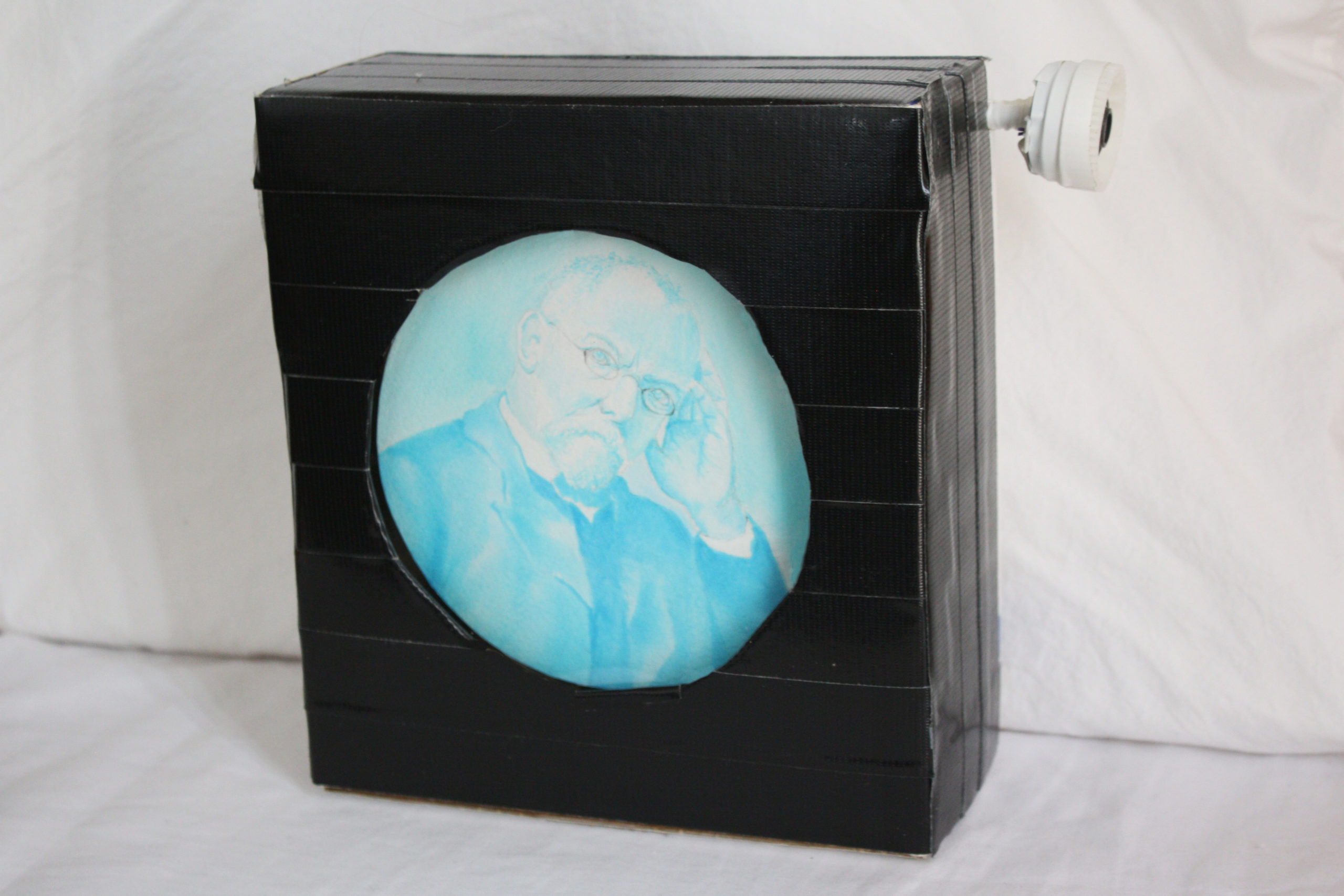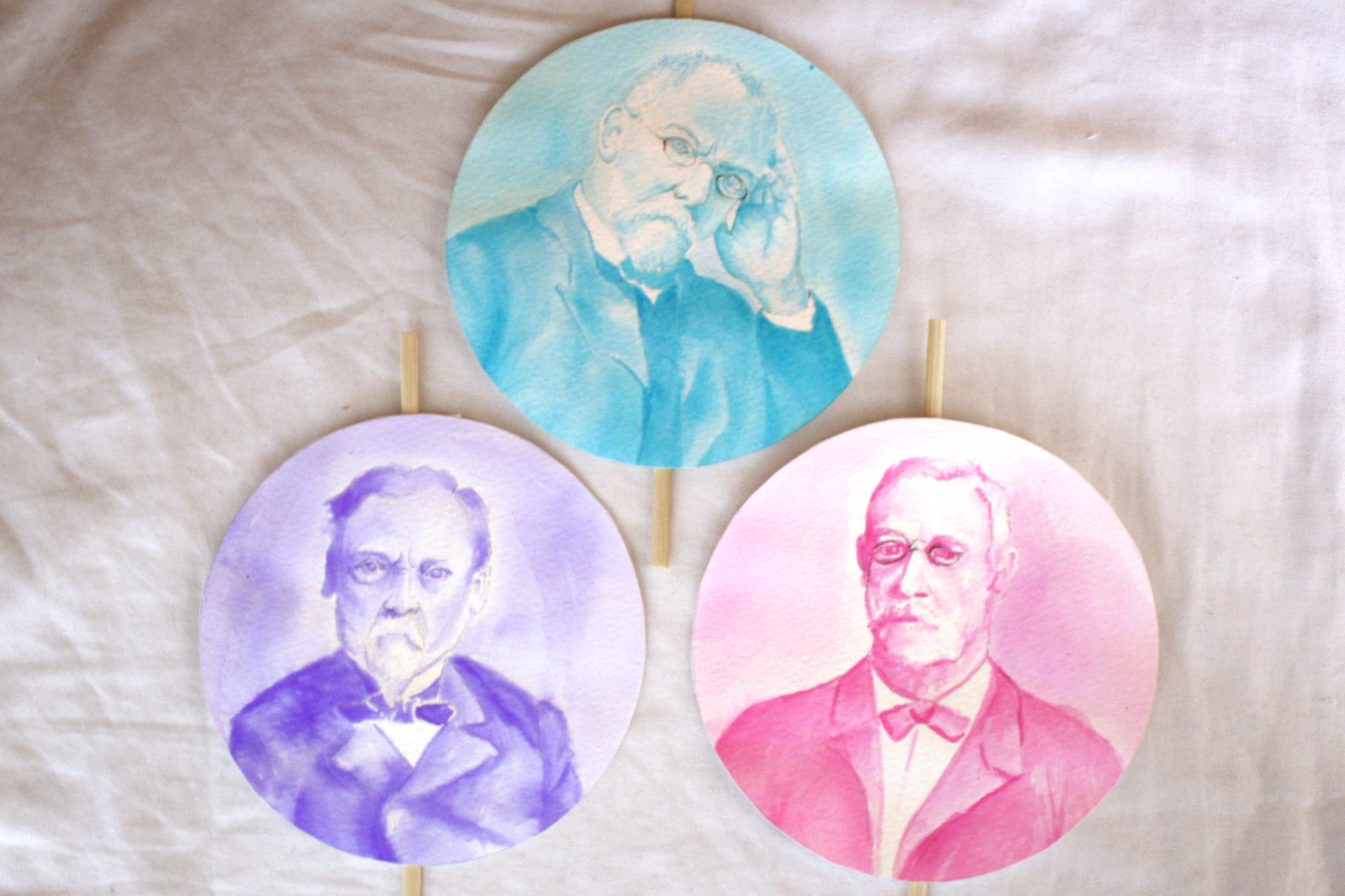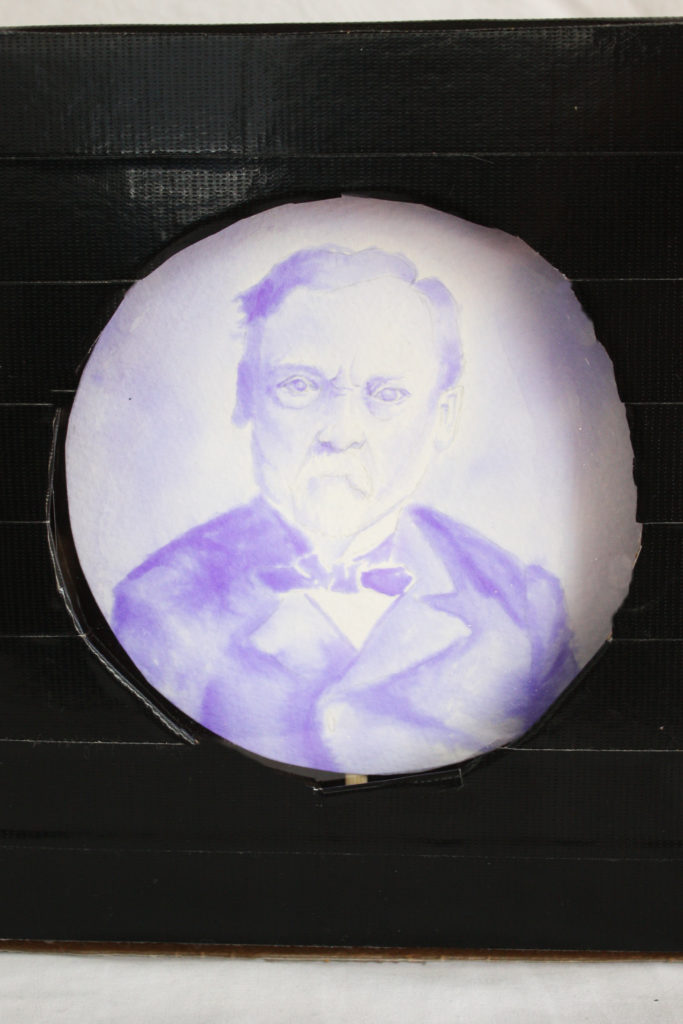2018 Best in Three-Dimensional Art – Abrielle Cacciaglia




Portraits of Microbiology
For the general public, science is often associated with the new and the upcoming, virtually synonymous with the promise of a glimpse of life as it is lived in the future. Often lost in the excitement of the groundbreaking is a necessary reflection into the past. My academic career as a biology student has been peppered with scientific history, often by way of learning about procedures and systems called by the surnames of their creators. The names at the foundation of modern science live on through these eponyms. The Doppler effect, decibels, Alzheimer’s — so much of our everyday language is an unconscious reference to pioneers of years past. As my final undergraduate year winds down, I appreciate more than ever the unlikely connections that science has created across time and cultures, often through the continued use of common techniques. In microbiology lab, as I carried out techniques developed centuries before, I began to appreciate the present state of science as it fits into, and depends on, an ancient, interlocking history.
My piece is a series of three portraits, each one a man who contributed to the field of microbiology: Robert Koch (who investigated causative agents of several diseases and created Koch’s four postulates of disease), Louis Pasteur (who was renowned for his discoveries in pasteurization, vaccination, and fermentation), and Hans Christian Joachim Gram (who developed Gram staining technique). The medium of the paintings are three different bacterial stains now commonly used in microbiology: Methylene Blue, Crystal Violet, and Carbol Fuchsin. The dyes were used much like watercolor, and, in addition to brushes, a pipette was also employed to add detail and value. The circular composition and boxy display case are a reference to another common technique in microbiology: microscopy. By turning the knob on the display, as one would turn the coarse or fine focusing knobs on a microscope, the foggy, semi-opaque paper obscuring the portrait is gradually removed, and the portrait comes into crisp focus. The skewers extending from the top and bottom of each portrait allow them to be changed out and secured in the display case, much as one would switch out different slides of prepared bacteria or tissue.
